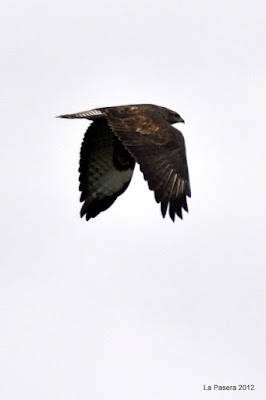Living so close to the sea and the mountains there is no shortage of glorious walking routes that can be started from home or within a short distance from home. We were really pleased to hear about a new walking route has been opened very close to La Pasera that is really quite magical. For some years we have walked the caminos and paths to and from the coast near Llames de Pria and the Rio Guadamia. Never tiring of the natural beauty of the area, it has become almost a daily jaunt.
One of the stopping points along this local walk has been the Roman bridge that crosses the river near the next village to ours, Cuerres. We often sit on the bridge and if we are lucky, watch red squirrel, birds, deer or cattle in the surrounding countryside. From the bridge you can look down the small meandering river as it flows towards the estuary at Llames de Pria. We have often wondered if it were possible to follow the river down to the sea but as there was no obvious path or sign-age, we have never tried.
This month saw the opening of a new path - guess where? Following the river from the Roman bridge to the estuary at Guadamia. The route is named after a deceased National Police Chief Inspector, Samuel Cachero, remembered as a great lover of the region and a prominent member of a local neighbourhood association.
The path has always been there but over the years it became overgrown and inaccessible in parts. It has now been cleared by a group of volunteers from a local resident association and new wooden bridges installed by the local council.
The route takes you along undulating pastures that follow the many twists and turns of the river as it winds its way down to the sea. Wandering through ancient riparian woodland and flood plains, with its rich flora and fauna it is easy to idle your time exploring and observing. Deep pools and cascades bubble and rumble as you walk along and spy small shoals of trout dashing in and out of aquatic plants as giant water boatmen skim along the surface of crystal clear pools. Bordered in parts by rocky limestone outcrops it is possible to see through the vegetation and spot caves and fissures mostly inaccessible from the path.
Along the route there are several dilapidated old water mills that once turned hand carved millstones to grind corn. As you stroll along the banks of the river and criss-cross it over newly constructed bridges, you come across two magnificent ancient Roman bridges and the remains of a Roman road... There are many places to sit and take in the atmosphere and tranquillity imagining ancient times when the Roman legions of the General Agrippa used the route to transport salt and wine along the northern coast of Spain. This new route will certainly become part of our walking repertoire. A round trip of about 7km.
Over the next year we will keep you up to date with La Senda de Samuel as we re-visit to see the changing seasons.
 |
| The estuary of the Rio Guadamia leading to the Bay of Biscay |
This month saw the opening of a new path - guess where? Following the river from the Roman bridge to the estuary at Guadamia. The route is named after a deceased National Police Chief Inspector, Samuel Cachero, remembered as a great lover of the region and a prominent member of a local neighbourhood association.



















